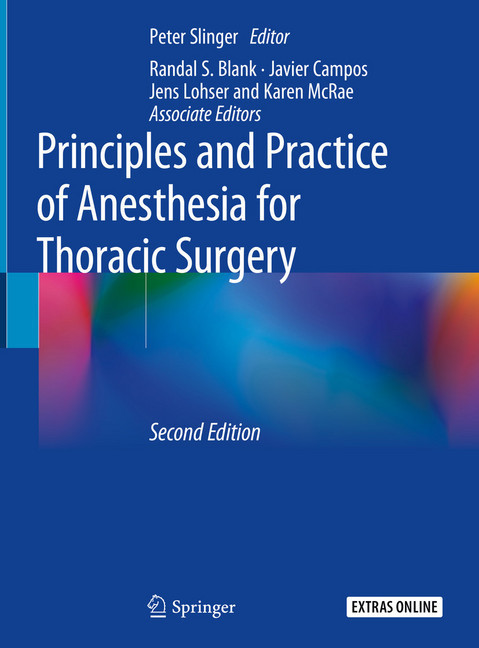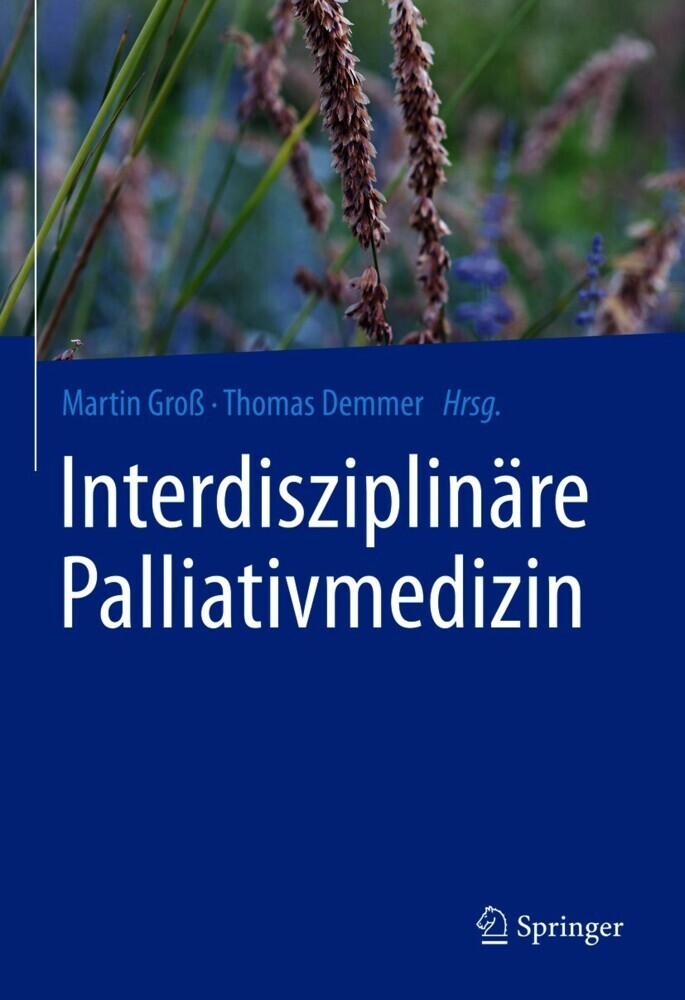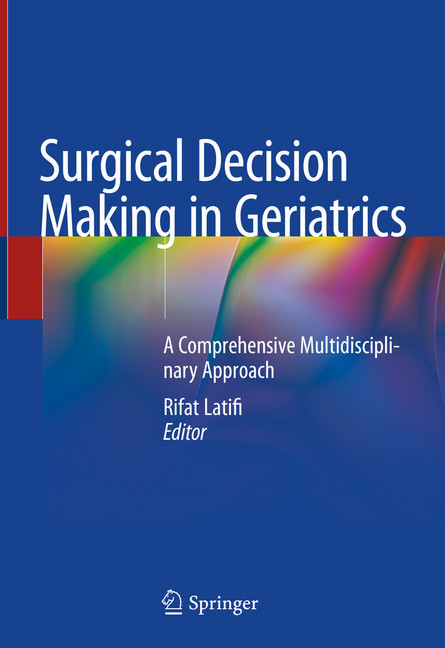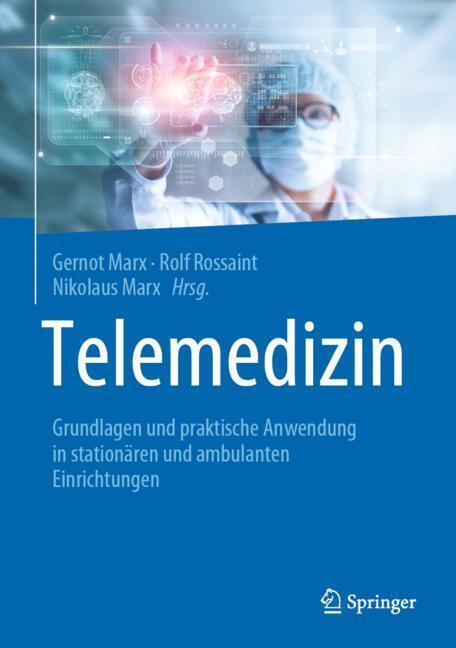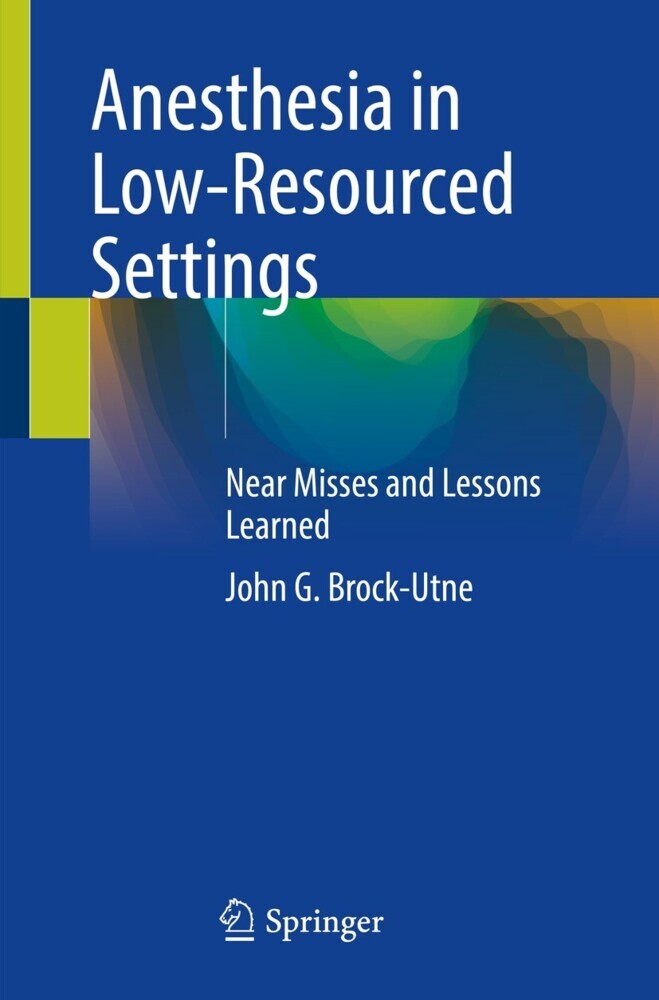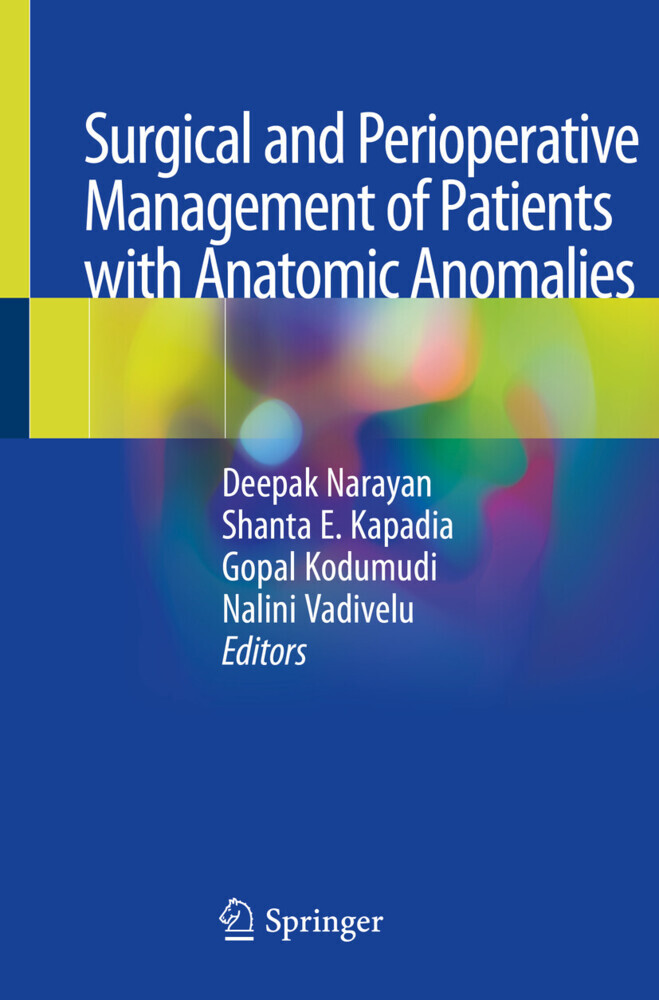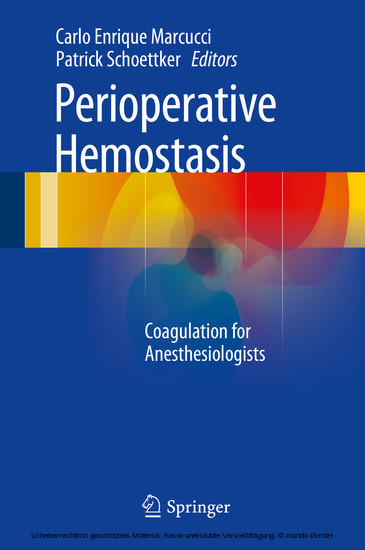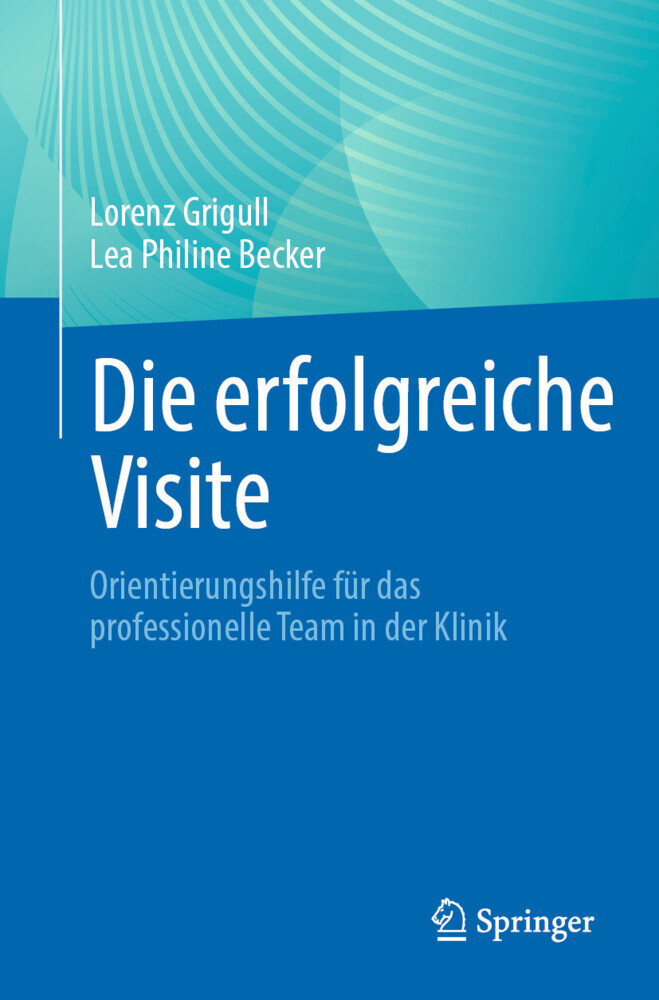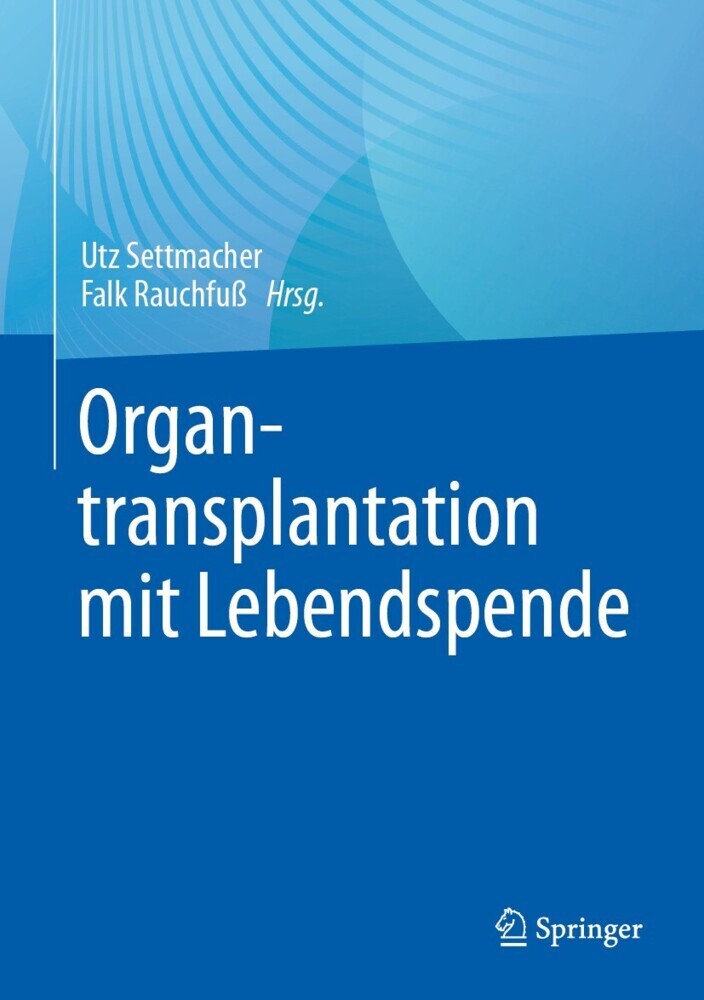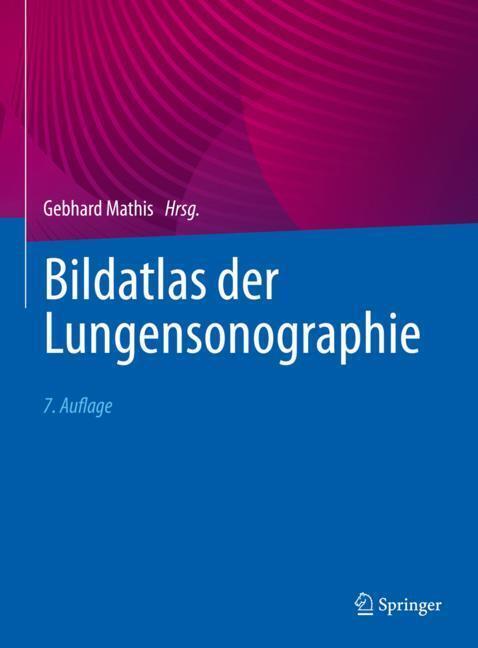Principles and Practice of Anesthesia for Thoracic Surgery
Updated and expanded, this comprehensive new edition captures the considerable evolution in the anesthetic management of patients requiring anesthesia for non-cardiac intrathoracic diagnostic and therapeutic procedures. Major advances addressed include the expanded role of ultrasound beyond trans-esophageal echocardiography, the role of extra-corporeal membrane oxygenation in thoracic anesthesia, and postoperative pain management for thoracic surgery. Chapters are authored by prominent anesthesiologists and feature cases commonly encountered in clinical practice. Authoritative and the leading text in the field, this book will serve as an indispensible guide to practitioners of thoracic anesthesia at all levels.
Peter Slinger, MD, FRCPC
Professor of Anesthesiology, Faculty of Medicine, University of Toronto
Staff Anesthesiologist, Toronto General Hospital
Toronto, Ontario
Canada
Peter Slinger, MD, FRCPC
Professor of Anesthesiology, Faculty of Medicine, University of Toronto
Staff Anesthesiologist, Toronto General Hospital
Toronto, Ontario
Canada
1;Preface;6 2;Contents;8 3;Contributors;12 4;Part I: Introduction;18 4.1;1: History of Thoracic Anesthesiology;19 4.1.1;Introduction;19 4.1.2;Ages of Thoracic Surgery;20 4.1.2.1;Surgery for Infective Lung Disease;20 4.1.2.2;Surgery for Lung Cancer;21 4.1.2.3;Surgery for Respiratory Failure;22 4.1.2.4;Lung Separators;22 4.1.2.5;The Blocker Story;22 4.1.2.6;The Endobronchial Tube Story;22 4.1.2.7;The Double-Lumen Tube Story;23 4.1.2.8;Origins of Thoracic Endoscopy;23 4.1.2.9;Tracheobronchial Stenosis;25 4.1.2.10;Esophageal Surgery;25 4.1.2.11;Pain Relief;25 4.1.3;Conclusion;25 4.1.4;Further Reading;26 5;Part II: Preoperative Evaluation;27 5.1;2: Preanesthetic Assessment for Thoracic Surgery;28 5.1.1;Introduction;28 5.1.2;Assessment of Respiratory Function;29 5.1.2.1;Lung Mechanical Function;30 5.1.2.2;Pulmonary Parenchymal Function;32 5.1.2.3;Cardiopulmonary Interaction;33 5.1.2.4;Regional Lung Function;35 5.1.2.5;Split-Lung Function Studies;36 5.1.2.6;Combination of Tests;36 5.1.3;Concomitant Medical Conditions;37 5.1.3.1;Cardiac Disease;37 5.1.3.1.1;Ischemia;38 5.1.3.1.2;Arrhythmias;39 5.1.3.2;Age;40 5.1.3.3;Renal Dysfunction;41 5.1.3.3.1;Chronic Obstructive Pulmonary Disease;41 5.1.3.3.2;Carbon Dioxide Retention;41 5.1.3.3.3;Preoperative Therapy of COPD;41 5.1.3.3.4;Physiotherapy;42 5.1.3.3.5;Restrictive Lung Diseases;42 5.1.3.3.6;Pulmonary Hypertension;43 5.1.3.4;Smoking;43 5.1.3.4.1;Type of Surgical Procedure;43 5.1.3.4.2;Combined Strategies for Preoperative Assessment;43 5.1.3.4.3;Perioperative Considerations in Thoracic Malignancies;44 5.1.3.5;Non-Small Cell Lung Cancer (NSCLC);46 5.1.3.5.1;Adenocarcinoma;46 5.1.3.5.2;Squamous Cell Carcinoma;48 5.1.3.5.3;Large Cell Undifferentiated Carcinoma;48 5.1.3.6;Small-Cell Lung Cancer;49 5.1.3.7;Carcinoid Tumors;49 5.1.3.8;Pleural Tumors;49 5.1.4;Preoperative Assessment of the Patient with Lung Cancer;50 5.1.4.1;Postoperative Analgesia;50 5.1.4.2;Premedication;51 5.1.4.3;Summary of The Initial Preoperative Assessment;51 5.1.4.3.1;Final Preoperative Assessment.;51 5.1.4.3.2;Difficult Endobronchial Intubation;52 5.1.4.3.2.1;Prediction of Desaturation During One-Lung Ventilation;52 5.1.5;Assessment for Repeat Thoracic Surgery;53 5.1.6;Clinical Case Discussion;53 5.1.6.1;Questions;53 5.1.7;References;54 5.2;3: Thoracic Imaging;57 5.2.1;Introduction;57 5.2.2;Normal Tracheobronchial Anatomy;57 5.2.3;Chest Radiographs;58 5.2.4;Chest Radiographs and Pulmonary Disease;58 5.2.5;Lung Mass and Chest X-Rays;59 5.2.6;Mediastinal Mass and Chest X-Rays;59 5.2.7;Bullae;61 5.2.8;Pneumothorax;62 5.2.9;Pleural Effusion;64 5.2.10;Chest Tube Placement;64 5.2.11;Previous Lobectomy;65 5.2.12;Pneumonectomy;65 5.2.13;Double-Lumen Endotracheal Tubes;67 5.2.14;Postoperative Acute Lung Injury;68 5.2.15;Computed Tomography Scan and Pulmonary Disease;69 5.2.16;Computed Tomography Scan and Lung Mass, Mediastinal Mass, Pleural Effusion, and Pericardial Effusion;69 5.2.17;Multidetector Computer Tomography Scan of the Chest;71 5.2.18;Magnetic Resonance Imaging and Pulmonary Disease;71 5.2.19;Summary;74 5.2.20;References;74 6;Part III: Thoracic Anatomy, Physiology, and Pharmacology;76 6.1;4: Essential Anatomy and Physiology of the Respiratory System and the Pulmonary Circulation;77 6.1.1;Introduction;77 6.1.2;Functional Anatomy;77 6.1.2.1;Upper Airway Anatomy;77 6.1.2.1.1;Oropharynx and Nasopharynx;77 6.1.2.1.2;Larynx;78 6.1.2.1.3;Pharyngeal Innervation;79 6.1.2.2;Upper Airway Function;79 6.1.2.2.1;Homeostatic Mechanisms;79 6.1.2.2.2;The Cough Reflex;80 6.1.2.3;Clinical Issues;80 6.1.2.3.1;Airway Obstruction;80 6.1.2.3.2;Nebulized Medications;80 6.1.2.4;Tracheobronchial and Respiratory Anatomy;81 6.1.2.4.1;Tracheal and Bronchial Structure;81 6.1.2.4.2;Tracheobronchial Circulation and Lymphatic System;81 6.1.2.4.3;Respiratory Airways and Alveolar Histology;82 6.1.2.4.4;Innervation;83 6.1.3;Neural Control of Respiration;83 6.1.3.1;Respiratory Centers;83 6.1.3.2;Chemoreception and Respiratory Control;84 6.1.3.3;Neural C
Slinger, Peter
| ISBN | 9783030008598 |
|---|---|
| Artikelnummer | 9783030008598 |
| Medientyp | E-Book - PDF |
| Auflage | 2. Aufl. |
| Copyrightjahr | 2019 |
| Verlag | Springer-Verlag |
| Umfang | 1047 Seiten |
| Sprache | Englisch |
| Kopierschutz | Digitales Wasserzeichen |

